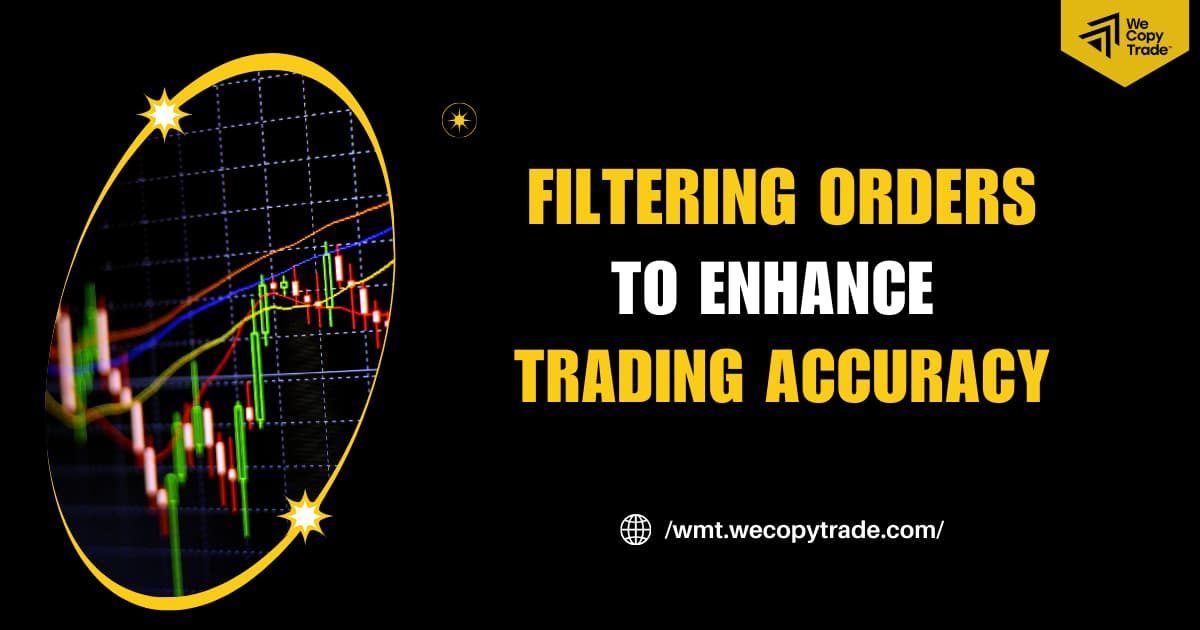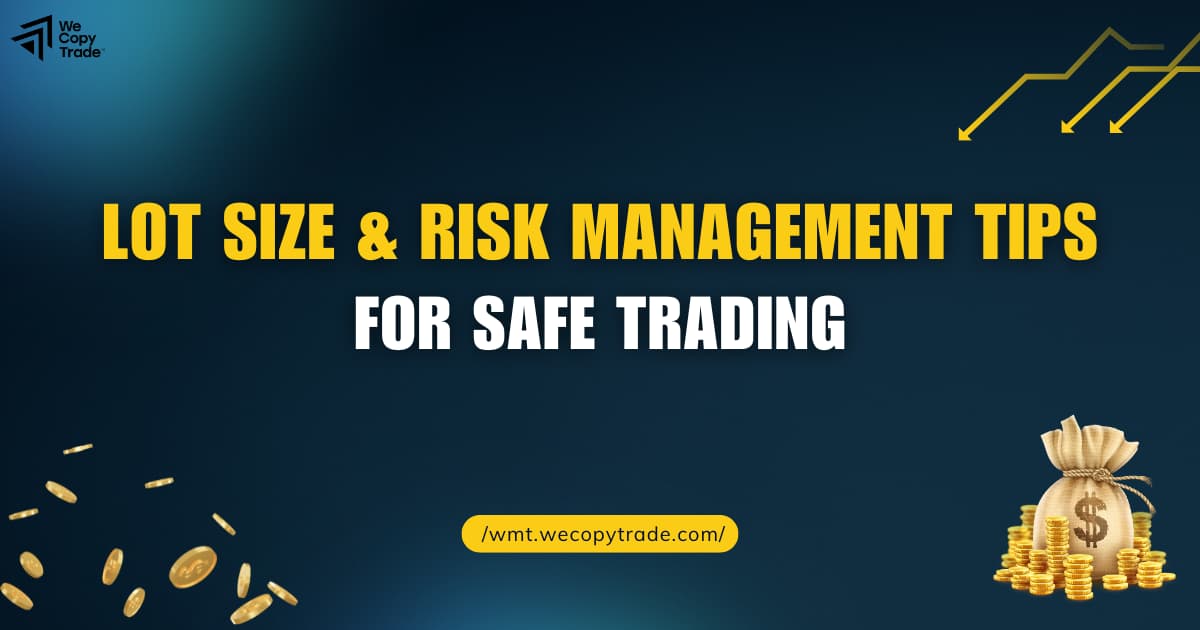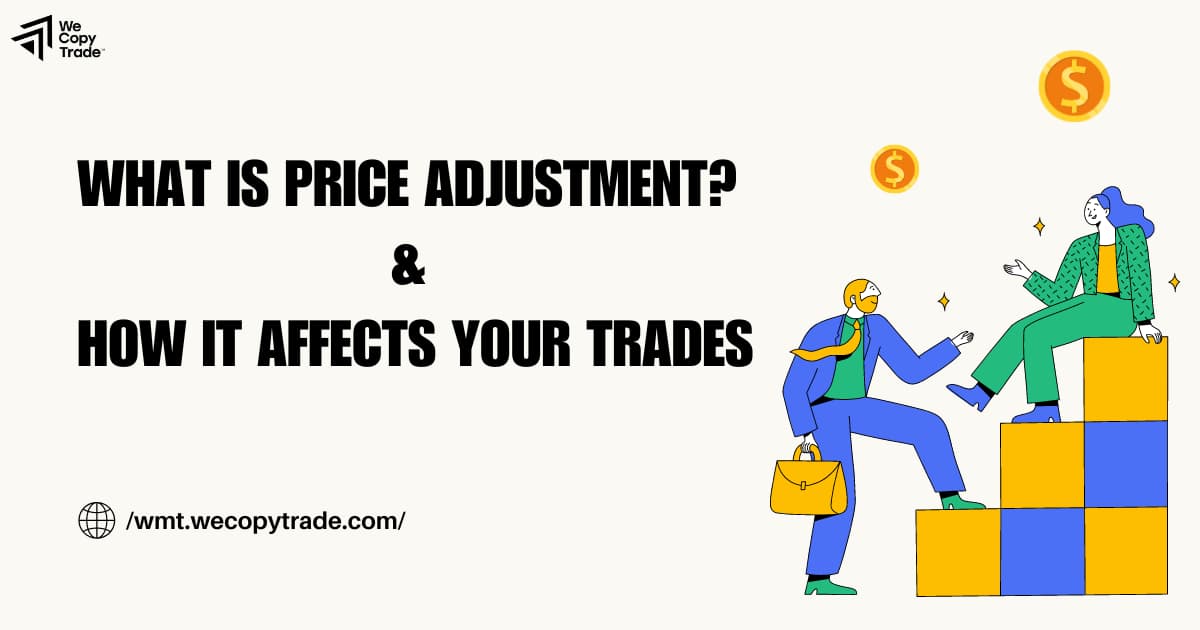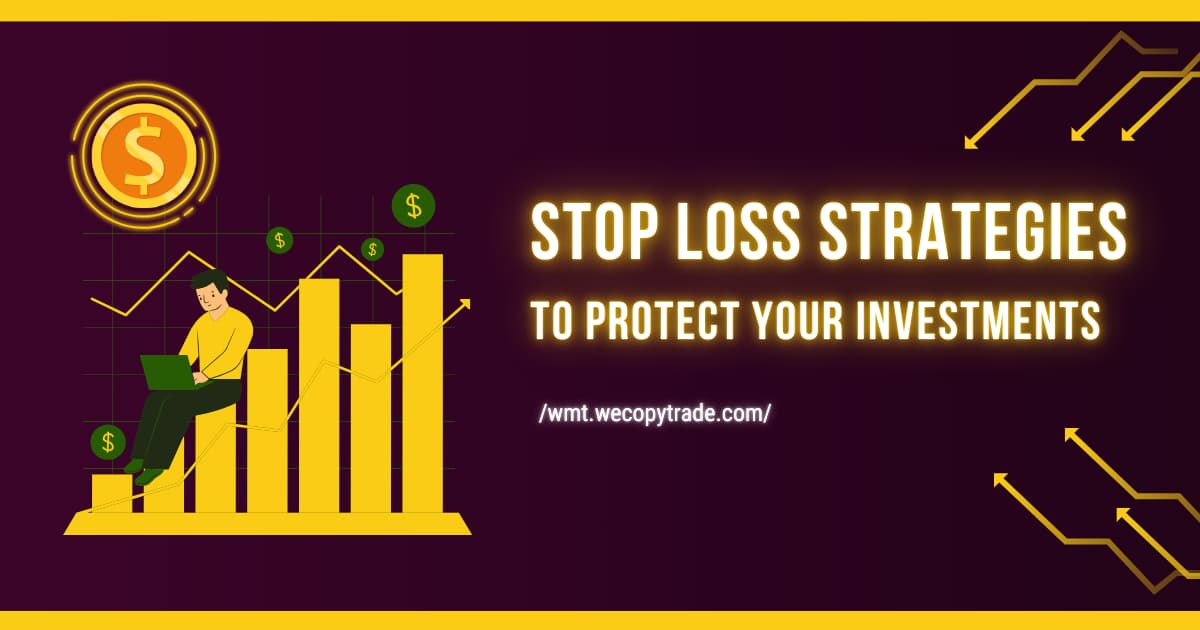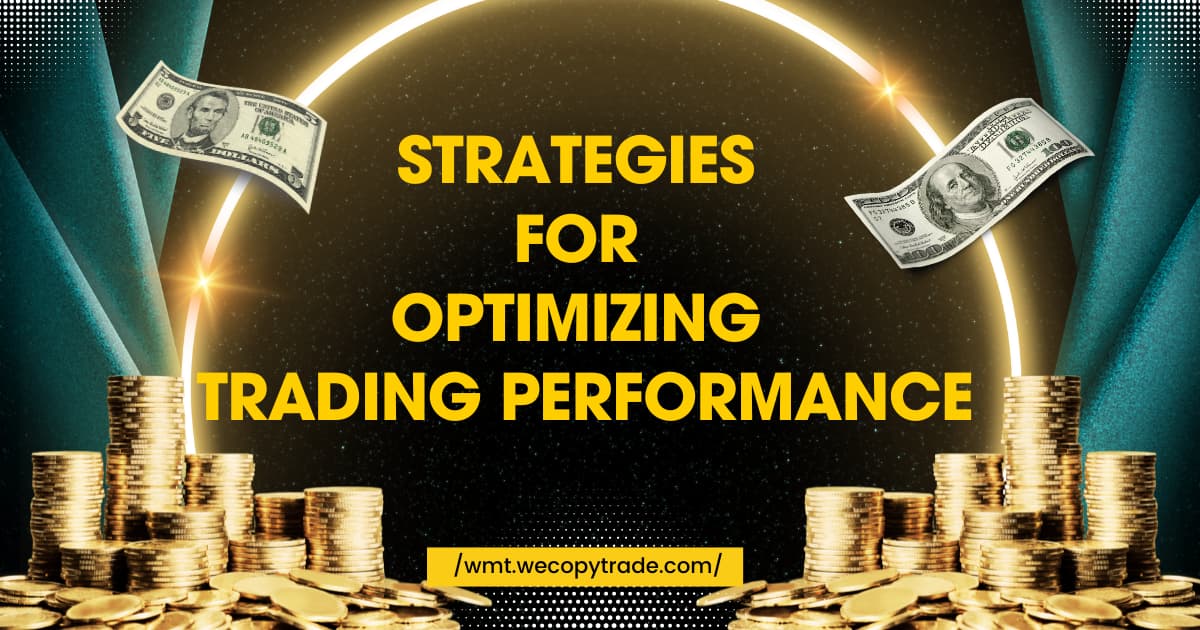
Maximizing trading performance is always a goal, whether you are a beginner looking for that first win, or an experienced trader seeking an edge. Every choice you make from strategy selection to risk management to assessing results can impact your bottom line. In this article, we will explore several powerful strategies traders use to enhance their performance over time.
About Trading Performance
Trading performance is one of the most critical things for any trader to monitor. This lets traders know how effectively their strategies are working and where they may need to improve.
Key metrics
There are a few crucial metrics that provide insight into your performance:
- ROI (Return on Investment): This measures your net profit as a percentage of your overall investment. A higher positive ROI means your trades have resulted in higher overall gains.
- Win Rate: Your win rate is the percentage of trades that made money versus those that lost money. Most expert traders aim for a win rate of more than 0%.
- Maximum Drawdown: This metric is known as the largest loss from peak to bottom before new gains are achieved. It is essential to control maximum drawdowns, as substantial drawdowns can be difficult to recover from.
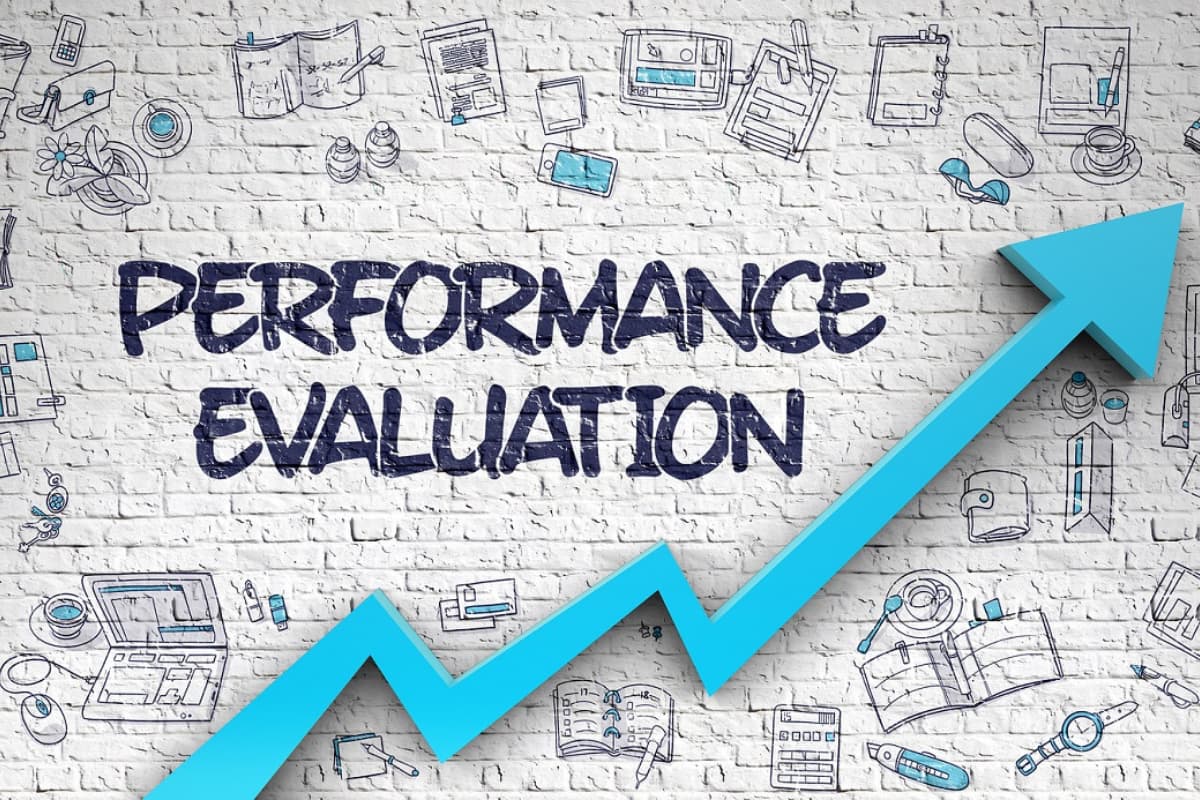
Common challenges
Here are some typical struggles in maintaining optimal trading performance:
- Over-trading: Getting too active in the markets and taking on more trades than your strategy can handle can hurt your performance.
- Lack of risk management: Not setting protective stops or sizing positions appropriately allows losses to mount up quickly.
- Not controlling emotions: Feeling fearful after losses or overconfident after wins can lead to reactive choices that damage your performance.
- Not learning from mistakes: If you do not identify what went wrong after a losing trade, the same errors may be repeated.
Fundamental Strategies for Optimizing Trading Performance
There is a range of approaches for maximizing your trading performance. First, let us delve into the fundamental methods!
Develop a Well-structured Trading Plan
One fundamental way to optimize your trading performance is to build a well-structured plan. Having a comprehensive trading plan helps prevent emotional decisions and ensures that you follow a proven approach. An effective investing plan should include:
- Clear and achievable trading goals
- Clear rules for entries and exits
- Defined risk parameters
- Research process
- Time frames for trades
- Performance metrics to track
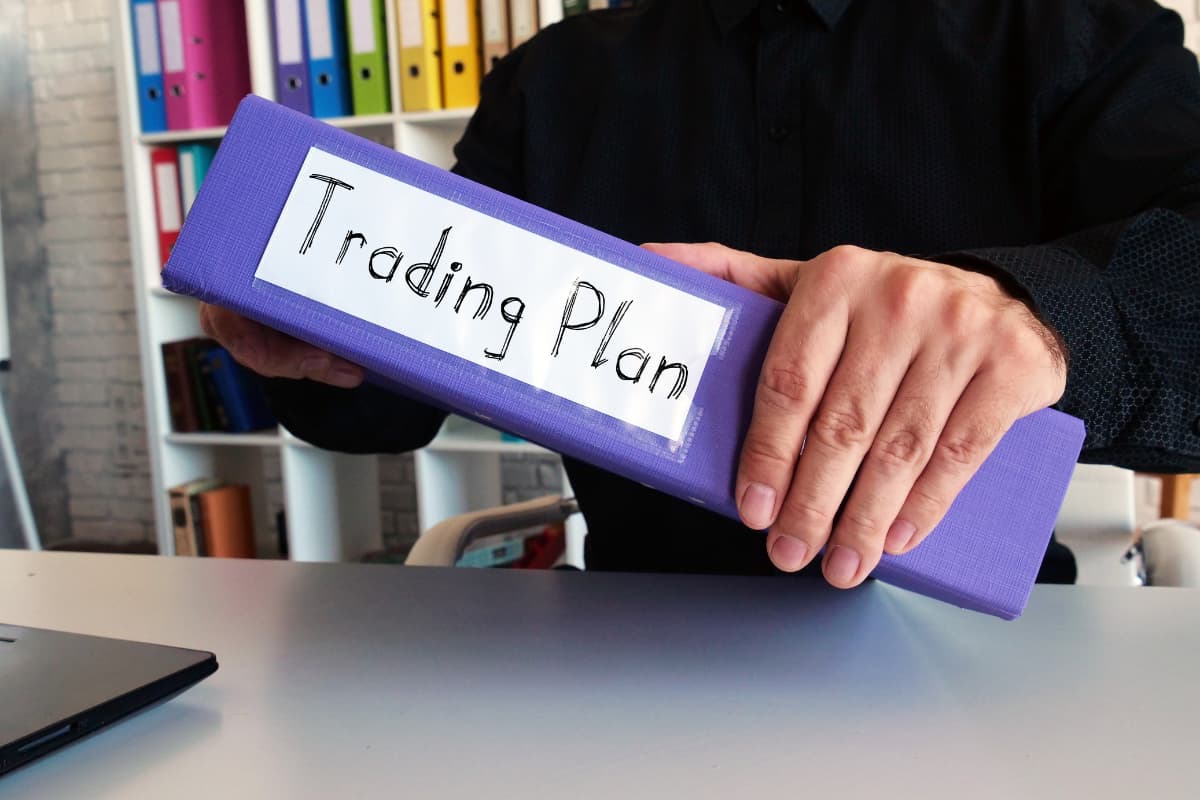
Furthermore, you need to review and then adjust your trading plan regularly. This helps you refresh your strategy based on recent experience and changing conditions. A flexible plan helps maintain strong, consistent trading results.
Risk Management
Proper risk management tactics are pivotal to your long-term success in trading. Traders should:
- Set risk tolerance levels: Decide what maximum losses you are comfortable with to avoid over-leveraging
- Use appropriate sizing: Smaller position sizes for riskier trades help limit damage of losses. Larger sizes for high-probability trades boost gains.
- Employ stop-loss and take-profit orders: These automatic orders lock in profits and cut losses at predefined levels.
- Diversify market exposure: Spreading risk across different assets or strategies reduces the volatility of overall returns.
Psychological Discipline
Emotional management is key to optimizing performance over the long term. Strong reactions to wins and losses often lead to poor decision-making.

- Techniques to maintain discipline: Keeping a trading journal or mindfulness practices can help logical thinking and reduce impulsive reactions.
- Managing stress is also vital, as excess stress clouds judgment. Traditional relaxation methods can help.
- Avoid common pitfalls like chasing losses, letting wins run too far, or becoming overconfident and careless to preserve discipline.
Overall psychological fitness increases the consistency, sustainability, and profitability of your trading over the long run. Sound money management starts with sound mental management.
Technical Strategies for Optimization
Next, we will explore several essential technical strategies for maximizing your trading performance, including technical analysis, automated trading, and performance monitoring and adjustment.
Technical Analysis
Using technical analysis can enhance trading accuracy. Some vital tools include:
- Key technical indicators like moving averages, RSI, Bollinger Bands, MACD, and others help identify market trends and potential entry/ exit points.
- Common chart patterns such as triangles, head and shoulders, channels, and pennants provide clues about market movements when combined with indicator signals.
- Examining multiple time frames like daily, weekly, and monthly can produce a more comprehensive price picture.
- Using crossover signals from two or more indicators together rather than in isolation improves confirmations and filtering out false signals.
Mastering simple technical skills helps you trade more effectively and strategically according to what the numbers and charts are revealing.
Automated Trading
Traders can use automated trading to optimize their performance. Automated trading systems can execute trades according to preset rules, freeing up your time.
- Developing algorithms allows testing trading ideas on historical price data through backtesting.
- Backtesting identifies strategies with potential edge before using real money. It helps improve approaches.
Automation can help capture trades a trader might miss due to impatience or emotional decisions. It supports optimization when combined thoughtfully with fundamental analysis. Automated trading optimizes timing and execution but is no substitute for hands-on market understanding. Both technical and automated tools play an important role in an effective overall trading system.
Performance Monitoring and Adjustment

Constantly reviewing your trading results is important to maintain strong performance over time. Regular evaluation lets you see what aspects of your strategy are working well and what needs to be improved. You can:
- Use tracking software to log your trades, profits, and performance metrics like ROI, win rate, and maximum drawdowns. This gives you a clear picture of how your trading is going.
- Analyze patterns in your past trading history. Look for any common factors in losing trades that could be avoided.
- Review past performance to identify what you’ve done well and could focus more on going forward.
- Make adjustments as needed to refine your approach. Test smaller changes first before fully implementing updates.
By continually monitoring results and making gradual, informed adjustments, you can enhance your strategies and drive progress toward ever-increasing success over the long run.
Continuous Learning and Adaption
In addition to fundamental and technical strategies, traders also need to learn continuously and adapt to the ever-changing market conditions. To be specific:
- Staying updated with market trends: Stay on top of market news and changes through books, courses, webinars, and forums. This helps you recognize new opportunities and risks.
- Networking and community engagement: Networking with other traders through online communities and events provides new perspectives and strategies to consider. You can get feedback and share lessons with your peers.
- Evaluating and evolving strategy: Regularly review your trading performance and flexibly adjust strategies according to what is working well and what needs tweaking. New technologies and tools can also enhance your techniques.
Conclusion
In summary, there are many strategies a trader can employ to continually optimize their trading performance over the long run. Following a structured plan, carefully managing risks, maintaining psychological discipline, and using technical analysis tools effectively are all important facets.
With a dedication to ongoing refinement of your strategies, you can achieve strong, sustainable performance results regardless of changing markets. Please check out our WeCopyTrade Blog for more trading tips.


